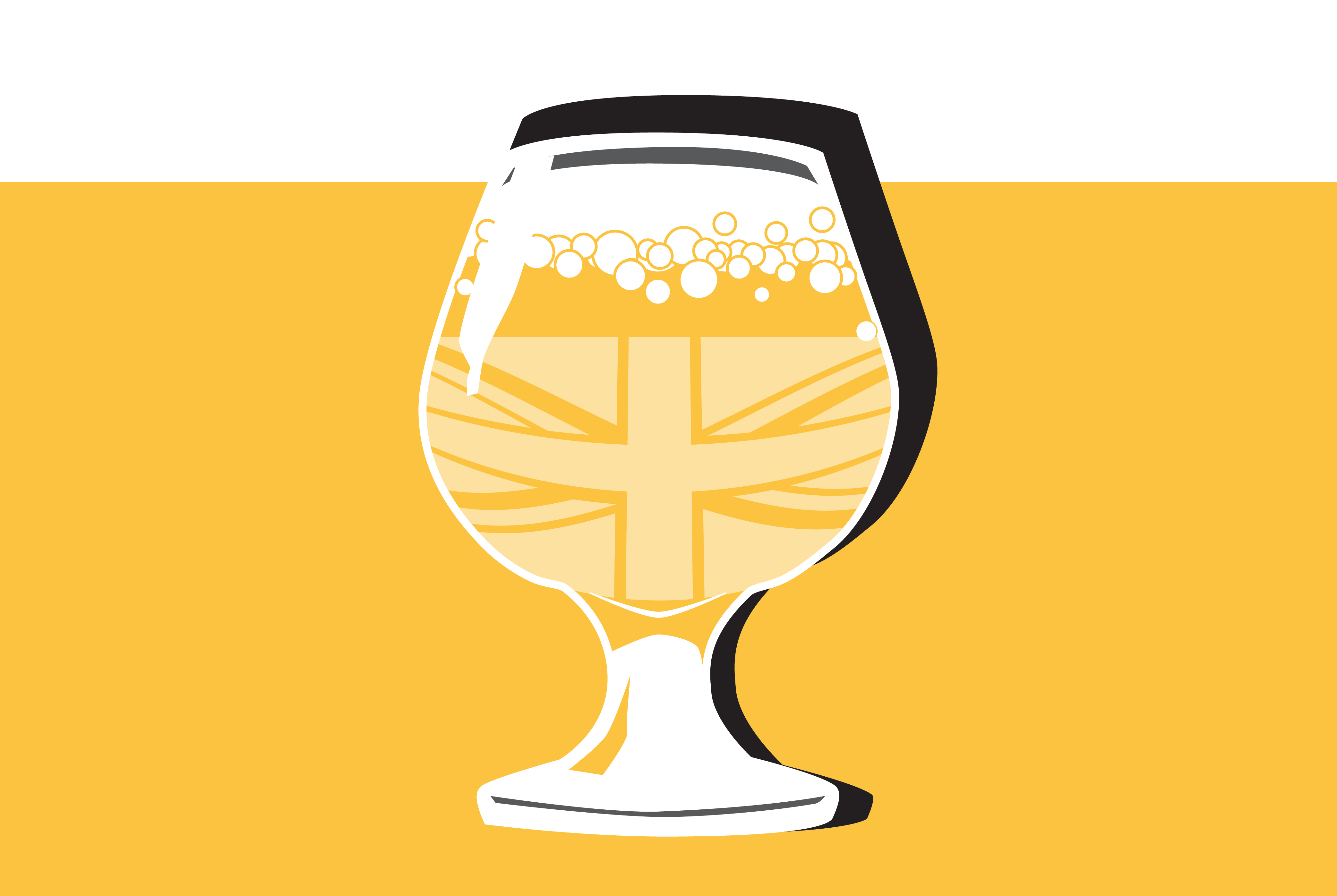It’s 85 degrees, you’re lathered with sunscreen, and there’s nothing stressful to do but stare out over the waves and reach your hand into the beer cooler. To put it lightly, the very last beer you’d want to be drinking on a day like this is an English barleywine, named for an alcohol content that rivals wine.
Generally, this style has a thick, borderline syrupy body and a dark color. It’s boozy (usually 8 to 12 percent ABV) and strong, a beer to sip slowly in front of a fire in the colder months. While American barleywines tend to be hoppy, the English version keeps a better balance between malt and hops. This beer is best enjoyed closer to room temperature (58 to 61 degrees), perhaps as a dessert beer — its flavors, usually toffee and raisins, pair well with anything ringed by a pastry crust.
Parti-gyle brewing, the nearly extinct traditional English brewing method responsible for the earliest versions of barleywine, takes a single wort or mash and uses it to brew multiple batches of beer. The first batch (or “first runnings”) is usually the strongest, and each successive batch gets lighter and less alcoholic. English barleywine emerged as the brew from the mash’s first run. The resulting ale was particularly suited for aging, either in bottles or in casks, when it would mellow out and shed some of its alcohol bite.
These days, brewers typically release their aged batches of English barleywine in the winter, far from the heat of summer, as a seasonal treat to warm yourself by the fire.



